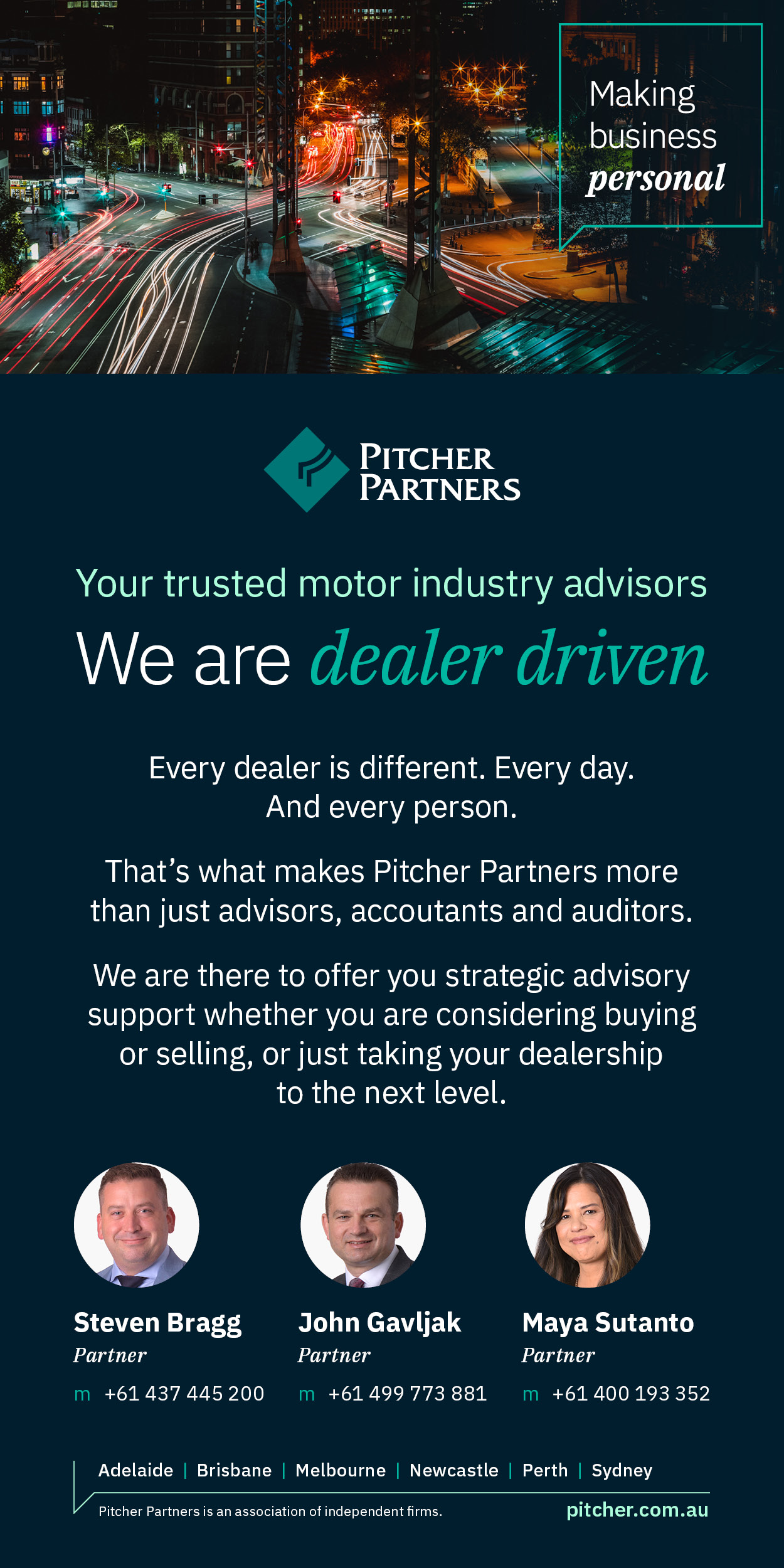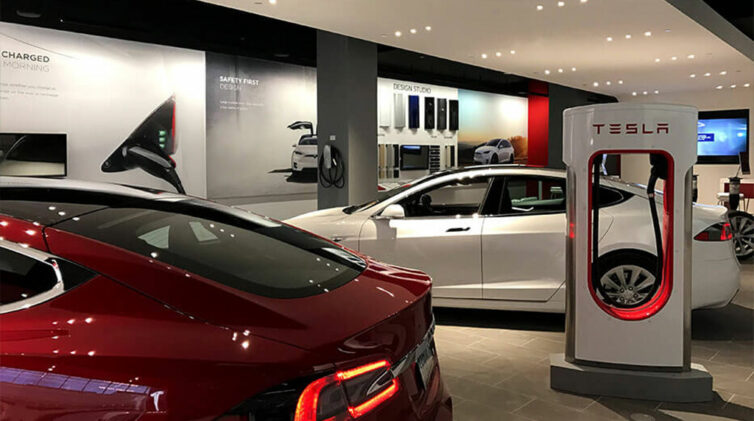IF I have learnt one thing in the past 40-odd years in the car industry, it is that while 95 per cent of Australians have a job, they will continue to buy cars.
We will keep selling 3.5 to 4 million new and used cars a year. Whether dealers do the heavy lifting, or the lead generators in the private market, it is ultimately a question of execution.
For dealers, as we head into the 2025 fiscal year the focus needs to shift to:
- Transactional execution
- Back to basics
- Making every enquiry count
- Tapping the whole pool of gross
- Profit will flow from quality transactions post sale

Through our current work with dealerships, we have seen a few trends creep into the past four years that have created the following:
1) A break-even point per unit over $1000 higher than pre 2020, and most of this is not variable commissions
2) A lack of ability in showrooms to manage gross (meaning price will be the only weapon to drive volume)
3) High lost opportunity through poor lead follow up
4) Management’s inability to pivot to the new market imperatives (this could be skills or attitude-based)
5) An overall decline in post-sales execution (F&I penetration, aftermarket penetration, service retention and service upsell).
Well-fed people aren’t hungry so they don’t desperately seek their next meal. The industry thrives on this analogy. So getting back to feeding your runners and not subsidising your non-competitive people is essential.
Good people of the last four years are not necessarily the good people of the next four years, particularly if the goal is making gross.
The good news is the car industry has always been a strong income earner for people in tough times. As other industries reduce earning potential (it’s happening), the ability to earn sales commissions in the car industry is unlimited. Hence there are few industries where someone can give themselves a pay rise every day.
Success will come from these basics:
1) Show (train), measure and manage the actions and activities, not just the outcomes. Your people don’t know how to create better outcomes.
2) Focus on your post-sale success, don’t chase the OEMs down the volume gurgler hole. They will distract you from making profit for their own success. Vehicle volumes will happen through your normal process and execution, but your profit will come from post-sale success.
3) Every inquiry matters. Follow up until it hurts. Slow down the sales process to keep gross. Always remember the customer buys a car every five years, the sales team sell cars every day, so give your customer time to catch up, think and decide.
4) Feed the runners – eliminate minimum commissions, no underwriting, step up commission schemes for higher performance, encourage staff to give themselves a pay rise. Over the next 12 months you will be held to ransom by your “good people” as their income levels fall. But the real “good people” will rise to the challenge and lift their game to grow their income.
5) Don’t sack the yardie. Make the hard decisions, fewer managers, more gross generators, eliminate non-gross generators, create minimum acceptable performance levels, don’t employ people to keep the brands happy that they must hit the numbers . Paying fewer good people more money will reward you, them and their customers.
6) Remember you own the business; so you get to decide who your customers are and how they are treated. Customers don’t know that you segregate them between new or used examples. In the end they all want to buy a car, borrow money and get peace of mind after-sales servicing.
They all want the same things, so they may as well get the same service. A full pool of gross used car customers delivers more gross than a new version to you anyway. Give all your customers the same chance to spend money with you, this will be the missing net profit going forward.
7) Ignore the competition. Nothing destroys gross more than the same brand dealer down the road. Avoid dealer meetings, avoid your people going to dealer meetings, avoid comparing deals and avoid talking to your customers about other dealers.
Confine and control your business within your four walls and give every customer the same opportunity and process to buy a car; your way. Make them drive, walk, talk, value their trade, with early F&I introductions on test drive. Talk repayments not price. Every customer is a mutually exclusive event in your dealership. Remind your sales people that customers don’t shop you, they visit two dealers and you are one of the two. Do your best work and you will win the business.
We need to learn from history, remember 2 per cent net profit on sales (NPS) was always representative of the top 25 per cent of dealer performers and less than 1 per cent NPS was average.  One of the concerns of the last four years is the lack of match fitness at low levels of vehicle gross and the much higher break-even point cost structure created over this period.
One of the concerns of the last four years is the lack of match fitness at low levels of vehicle gross and the much higher break-even point cost structure created over this period.
Dealers, over many years, have learned that you cannot sell your way to a profit. Profit is only earned by maximising the pool of gross (used car trades, aftermarket, F&I, service and parts) after initial transaction. There is a clear correlation between NPS and Pool of Gross (take the last four years as an example).
The Top 25 per cent have always maximised Pool Of Gross by being great at the basics and having strictly run their businesses to minimum acceptable performance levels.
You will sell the cars; transactional gross and post-sale execution is what matters.
Finally? Get in early.
Wayne Pearson is a consultant with the motor industry service group at Pitcher Partners Sydney.
By Wayne Pearson













 Read More: Related articles
Read More: Related articles

